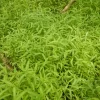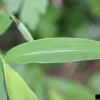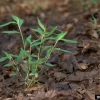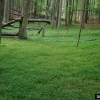X
CONTACT US
Great Lakes Center, SAMC 319
SUNY Buffalo State
1300 Elmwood Ave., Buffalo, NY 14222
wnyprism@buffalostate.edu
(716) 878.4708
SUBSCRIBE TO LISTSERV
FOLLOW US
CONTACT
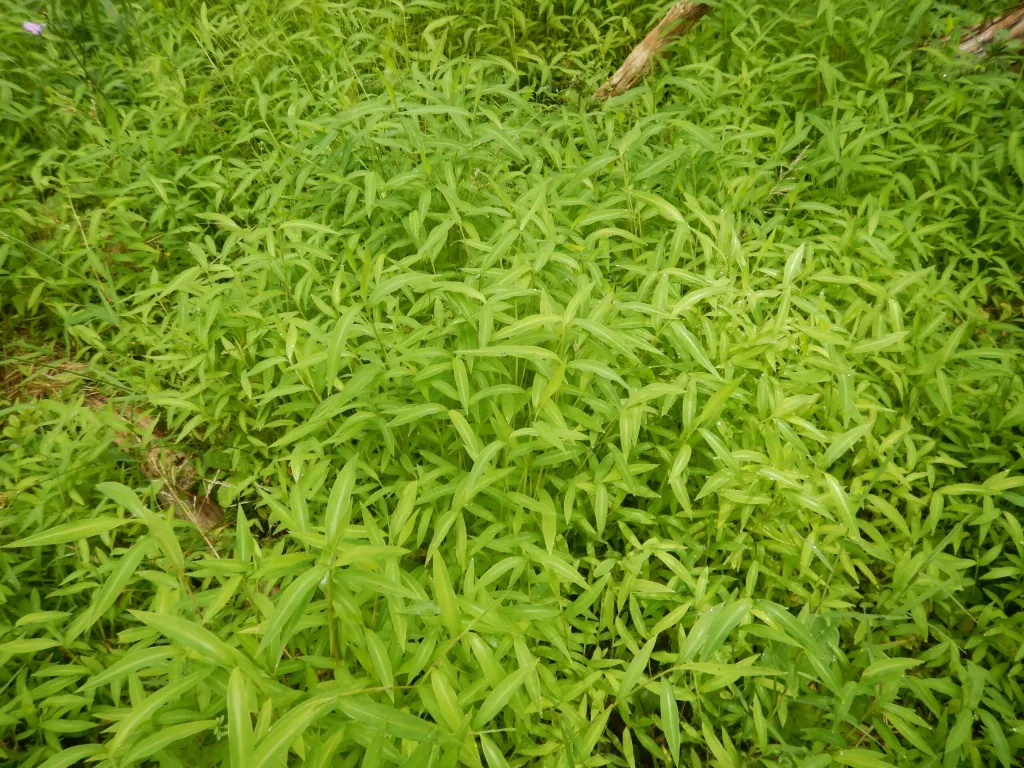
Japanese stiltgrass (Microstegium vimineum), infestation found in East Aurora, NY. Photo Credit: WNY PRISM.
Japanese Stiltgrass
COMMON NAME:
Japanese StiltgrassSCIENTIFIC NAME:
Microstegium vimineumORIGIN:
AsiaDESCRIPTION:
Japanese stiltgrass is an annual, short stature grass that forms dense patches as it grows. The leaves are pale green, narrow and lance-shaped with a distinctive silver stripe of hairs along the mid-rib. Japanese stiltgrass can resemble other grasses, but this silver stripe can be easily distinguished. Tiny flowers are produced on slender stalks in late summer.HABITAT:
Japanese stiltgrass is especially adapted to low light conditions, but will still thrive in a wide range of habitats including woodlands, floodplains, streambanks, open fields, yards and roadsides.THREAT:
Japanese stiltgrass quickly spreads to form extensive mats that displace native plants and plant communities. It can also change soil nutrient cycling processes, inhibit tree survival and growth, and reduce light availability. After it dies back in late fall, it forms a thick layer of smothering thatch that is slow to decompose and may create a fire hazard. Japanese stiltgrass produces a lot of seed, which is easily spread by mowers, deer, people, and flood waters.MANAGEMENT:
Manual and herbicide treatments are commonly used for control of this plant, and both have been demonstrated to be successful.
Hand-pulling can be very effective for small populations, but because this action disturbs the soil and may expose stiltgrass seed from previous seasons, hand-pulling will need to be repeated for many seasons until the seed bank is depleted. In addition, soil disturbance favors the establishment of other invasive species.
Japanese stiltgrass is highly susceptible to herbicides including glyphosate and grass-specific products. This is the preferred method of removal for larger populations where hand-pulling is not feasible.
Mechanical removal such as mowing is not recommended.
WNY PRISM PRIORITY:
Early Detection Priority Species
Tier 3 - Containment
ADDITIONAL RESOURCES:
WNY PRISM Best Management Practices for Japanese Stiltgrass
WNY PRISM Early Detection Reporting and Assessment Protocols
Native Alternatives
Pennsylvania sedge (Carex pensylvancica)
Little bluestem (Schizachyrium scoparium)
Blue-eyed grass (Sisyrinchium angustifolium)
NYS Prohibited and Regulated Species - Part 575:
Japanese stiltgrass is a prohibited species in New York State - for more information on Prohibited and Regulated Species, visit http://www.dec.ny.gov/animals/99141.html.
PATHWAYS OF INVASION:
Japanese stiltgrass was introduced to North America in the early 1900's as packing material for shipping. It may also have been transported through contaminated soil, through the Nursery and Landscaping industry. Seed is transported on hiking boots and equipment, by mowers and vehicles, by deer and by seasonal flood waters.
REGIONAL DISTRIBUTION:
Japanese stiltgrass was discovered in the Village of East Aurora in 2017. Early detection monitoring and outreach efforts are currently underway.
MAP (via iMapInvasives):
To view more information for each point, zoom in, click on the point and select the "Maximize" symbol. Click "More info" to open the iMapInvasives record.
This map shows confirmed observations (green points) submitted to the NYS Invasive Species Database.
Absence of data does not necessarily mean absence of the species at that site, but that it has not been reported there.
For more information, please visit iMapInvasives.


